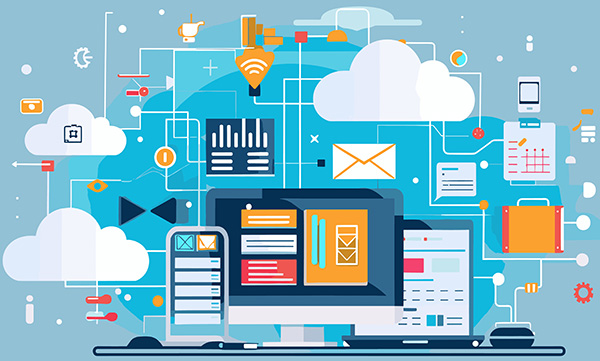What is Technology Enhanced F2F Course Facilitation?
In educational settings, technology enhanced F2F course facilitation refers to the incorporation of various technology resources like computers, mobile devices, software applications, and the Internet into daily classroom practices and school management. Successful technology integration occurs when technology use becomes routine, transparent, readily available for tasks, and supports curricular goals, enabling students to effectively achieve their learning objectives.
















